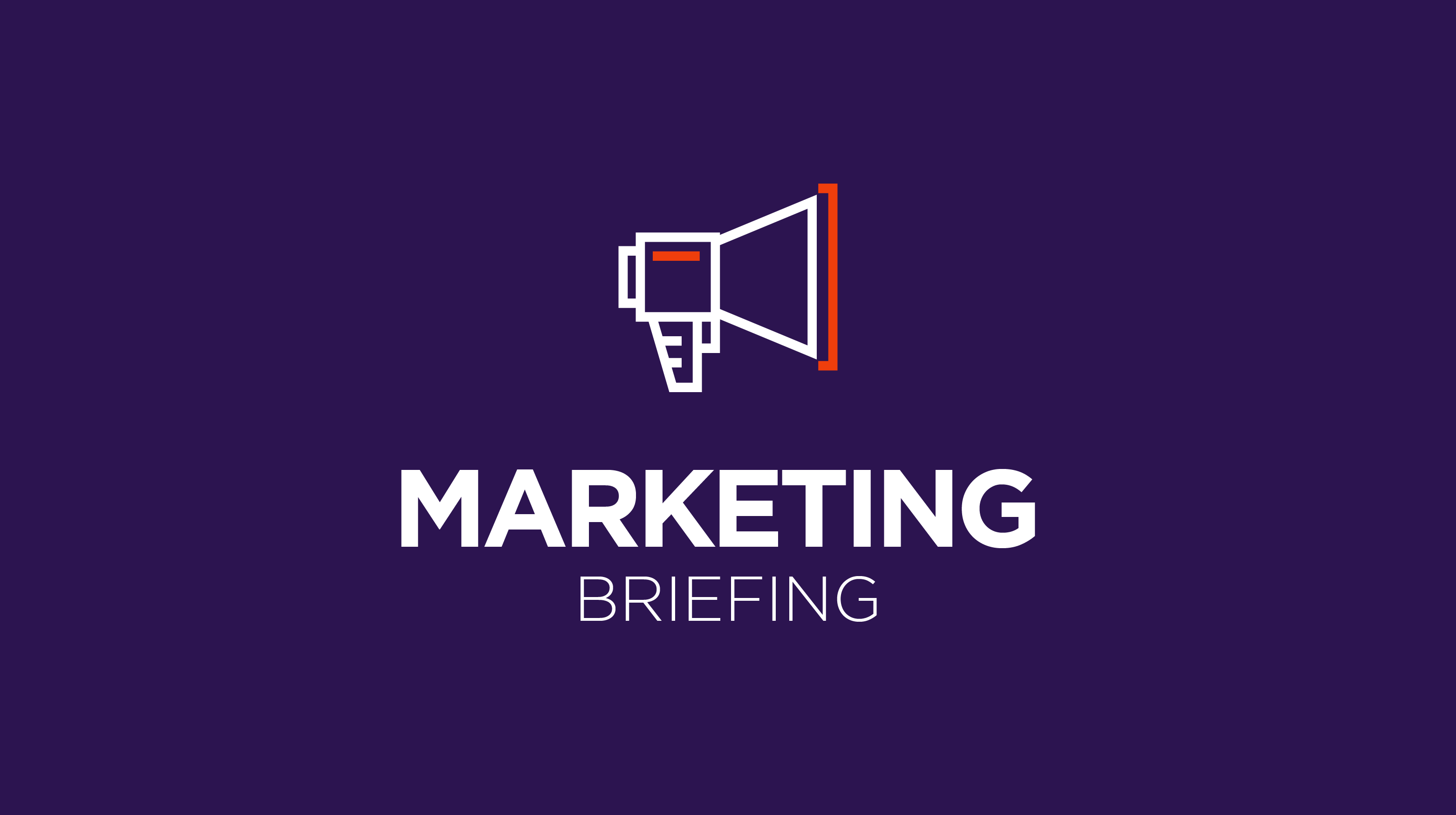Member Exclusive, Modern Marketing
Marketing Briefing: Turning a card into a key
- As the pandemic eases its grip on hangout spots, credit card startups like Yonder are taking advantage with a unique take on card perks.
- Meanwhile, consumers’ demands for better CX from financial services continue to climb.








